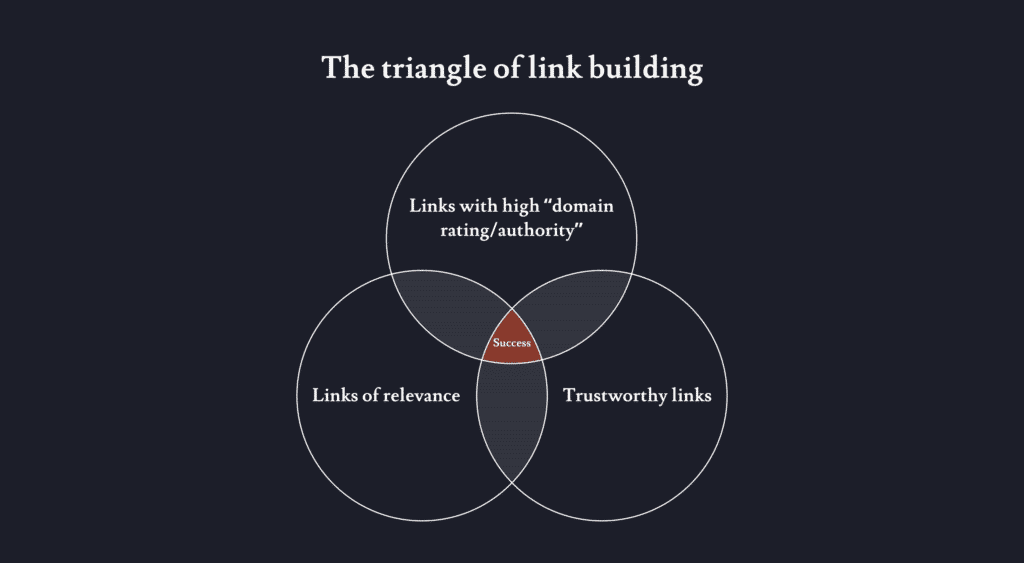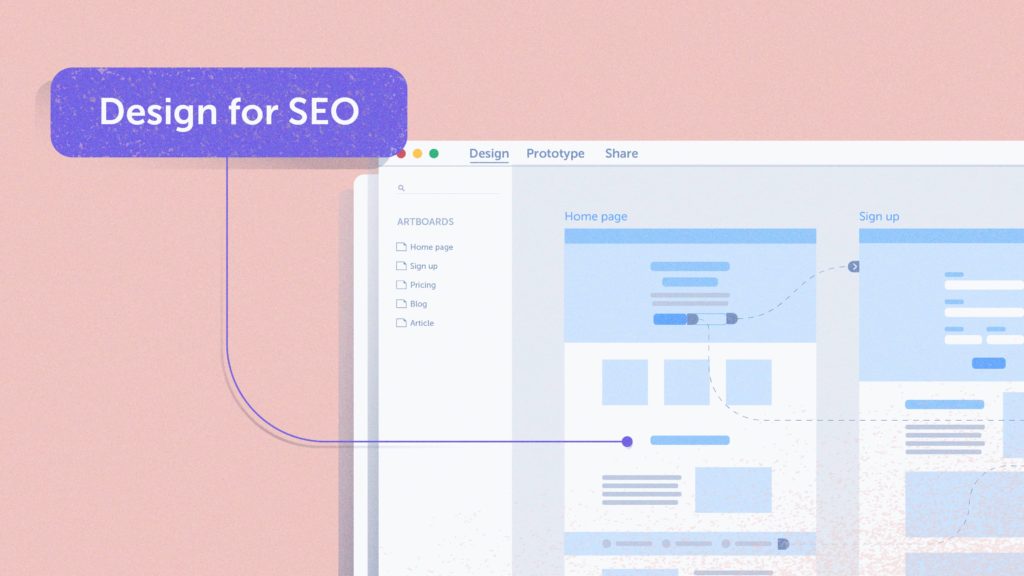When redesigning a website the outcome can be both positive and negative. No one intends on breaking their site experience or tanking conversions when they redesign – but it happens.
Your website redesign can help improve the overall page experience (which often is the main goal in the first place). A better page experience can help increase visitor’s engagement and therefore also conversion rate.
But a web redesign can also put your traffic at risk. It all depends on how you do it.
Therefore, we’ve gathered the most important SEO guidelines for you to follow when giving your site a brush-up.
Website redesigns and rebrandings are par for the course these days, sometimes occurring so often it feels like one the next one begins as soon as the current one goes live. When you’re accountable for web content, you need to protect your assets’ SEO value and the hard-earned search engine rankings you’ve acquired. Enact this playbook to ensure an SEO-minded redesign workflow.
Analyze your site’s current performance
First of all you need to get an overview of how your site performance is today – and here you can look at every possible metric.
Analyze your traffic and how people actually use your site. Analyze the journey for a user and how they interact with your site. For this, a heatmap can give you the data you need, which provides an indication of what works and what needs improvement.
Further, you can look at bounce rate and time on site. From here you’ll be able to see unique visitors and the amount of sales the landing pages generate.
Benchmarking your site’s existing stats will give you an overview of performance from both a holistic and concentrated view. This is important because you’ll quickly notice that some pages offer high value and high redesign risk, and others might as well be deleted.
What are your site goals for SEO?
When you have an idea of your site’s overall performance it’s time to define your goals with the redesign. Specifically, how the redesign will support your SEO goals.
You need to ask yourself what the main goal of the redesign is, what the sub goals are and how you want to improve.
Some SEO goals could include:
- Increase in keyword rankings
- Increase in organic traffic
- Longer time on site
- More sessions
- More conversions coming from organic traffic
Read this post to learn more about content engagement metrics & goals.
When you have defined your exact goals it will be much easier for you to have a successful SEO redesign. Since you know what your target is, you can optimize based on this.
For your own sake, make the goals achievable and have a realistic scope. Something which should be a result of your existing performance and the time and effort you’re willing to invest in the process.
Follow the steps of the SMART-model and be specific, measurable, achievable, relevant, and time-bound.
Optimize existing content and do outreach
If you focus your goals towards better SEO performance, then you should optimize all your existing content (and new content) based on keyword analysis and search intent.
It’s important to have user friendly content based on the most important keywords. Here you can use your site performance information (from the heatmap) to see where you need to improve.
Remember to optimize your titles, headings, meta descriptions, URLs, images, and of course the main body content.
Also, if you seek better SEO performance – on-page is not the only factor for you.. You also need to set up an effective outreach campaign based on “the triangle of link building”
In this sense, you chase links and references from sites that live up to the following:

Source: The triangle of linkbuilding
Since you’re redesigning the website, you already have a great purpose for doing outreach to relevant sites. Here you can target both new and previously existing relationships. The point is that link building works a lot like PR did in the old times – by building strong business relationships with other sites. Keep them updated, keep them in the loop, and reach out whenever relevant.
Run an audit and set up redirects
This is one of the most important parts of keeping or enhancing your SEO value during and after a redesign.
Run a content audit of all your content. From here you’ll find content that has low value and content that drains your crawl budget. These may not be worth updating – so you should either remove or redirect these pages with 301 redirects.
If the sites have external or internal backlinks pointing at them you should redirect and not remove. Removing these sites would create broken 404-links and this is not good for your technical performance.
But if you choose to change the URL structure it’s really important to make redirects. This could be if you had a lot of http sites that needed a change to https. Or changing from a “www.” structure to one without. Then a redirect would be necessary to keep important rankings and avoid broken links.
It’s really important you remember these guidelines if you still want the search engine crawlers to find your content after the redesign, and to preserve the hard work and SEO efforts you’ve invested thus far.
Update your site structure and split test
When you have updated and optimized your content it’s time to focus on the overall site structure. Update your site structure to make it easy for both users and crawlers to understand your site.
This includes optimizing the header and footer with the most important pages such as products/services, about us page, blog, contact, and privacy policy, plus any other pages crucial to your user’s journey. As part of this, make sure to check some pagination best practices to identify the sequential order of pages properly.
The structure will help people understand the relationships between the pages and what is important in terms of search engine optimization.
Focus on the overall user experience and also include page speed in your focus here.
Page experience is getting even more important for search engines. Google has even created a new report in Google Search Console with the name ‘Core Web Vitals report’. The report focuses on page experience and how to optimize for it. This report will be a part of their ranking factors as of May 2021.
Tip: If possible, you can do split testing when optimizing the structure to see which site structure performs the best.
Update the sitemap
When the new site is up and running you’ll have to update and submit your sitemap for Google. The sitemap is your site’s floor plan, and lists all your important URLs in order for search engines like Google to understand the important pages.
Updating your sitemap alongside the other redesign steps help both Google and your users understand your new site immediately – and you make sure the new redesign works for everyone.
Stage your plan of attack
SEO is not a one-and-done kind of deal. It’s a living, breathing organism that you have to keep alive by feeding it every day. So, you risk several months or years of work if you do a redesign blindly.
What’s important is figuring out which pages provide value and which don’t. Can you update and rework the ones that don’t? Can you feature even more prominently the pages that do give a lot of value?
When you have figured that out, there’s a couple of tools to minimize risks. Redirects, content updating/deletion, site structure and sitemaps helps your redesign achieve your SEO goals – without risking it all going up in flames.
Your next step? Put together a plan of action including timelines, key projects, and individual accountabilities. Understand who is responsible, what collaboration needs to take place, and how everyone impacts performance and timeliness.
And once your design is up, running, and off to the races, circle back to a web analytics tool like Mouseflow to measure user behavior, conversion funnel efficacy, form efficiency, and to collect user feedback (it may even influence your next redesign!).

